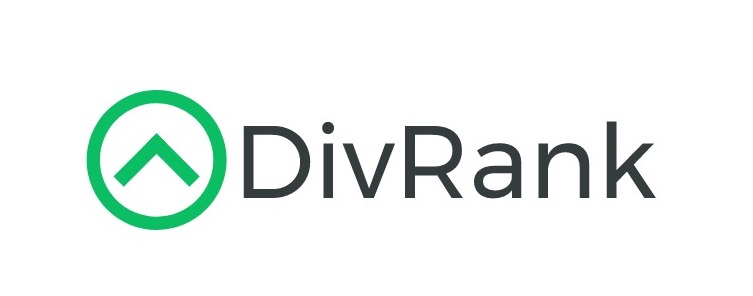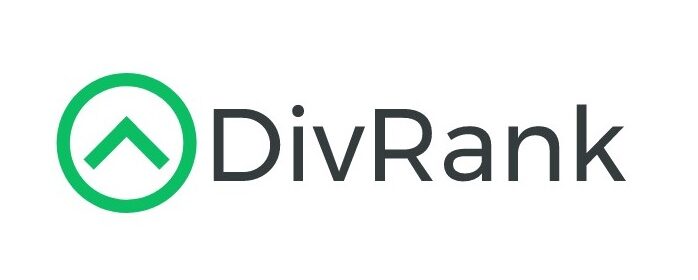Over the past ten years, a $10,000 investment in either SCHD or VIG would have grown to just over $37,000, reflecting strong compounding and reinvested dividends. NOBL trailed slightly, ending closer to $33,000 over the same period. SCHD and VIG delivered nearly identical compound annual growth rates around 10.5%, while NOBL posted a slower pace at approximately 8.7%. All three ETFs underperformed the broader S&P 500 at 13%, which saw greater gains driven largely by tech and growth stocks that these dividend-focused funds tend to underweight.
NOTE: NOBL is an ETF that tracks the S&P 500 Dividend Aristocrats, consisting of large-cap U.S. companies that have raised their dividends for at least 25 consecutive years and are equally weighted within the fund.
| Metric (10-Year) | SCHD | VIG | NOBL |
|---|---|---|---|
| Total Return (incl. dividends) | +174.8% | +170.9% | +132.5% |
| Annualized Return (CAGR) | ~10.6% | ~10.4% | ~8.7% |
| 10-Year Growth of $10,000 | $27,484 (to ~$37,484) | $27,086 (to ~$37,086) | $23,245 (to ~$33,245) |
Performance Journey of SCHD, VIG, and NOBL: Year-by-Year Trends
The long-term paths of SCHD, VIG, and NOBL followed a similar rhythm for much of the past decade. In the early years and throughout periods of market strength, the three dividend ETFs moved closely together, often mirroring each other’s performance with only minor differences. But zooming into each market cycle reveals subtle shifts in leadership and resilience, shaped by each fund’s construction.
2015 – 2019
From 2015 through 2019, the market experienced a mostly steady climb, and all three ETFs participated in the rally. By the end of 2019, an initial $100 investment in SCHD or VIG would have grown to about $170 to $175, while NOBL was close behind at around $167. SCHD held a slight advantage in 2016, jumping over 16%, ahead of VIG’s 12% and NOBL’s 11.7%. In slower years like 2015, NOBL’s more defensive composition allowed it to squeeze out a small gain while the others dipped slightly.
2020
In early 2020, the pandemic-induced market crash caused sharp drawdowns across the board. NOBL saw the steepest drop during the panic, reflecting its tilt toward cyclical dividend names. However, all three recovered during the second half of the year. By the end of 2020, SCHD and VIG had both posted full-year returns around 15% when including dividends. NOBL managed a gain of just over 8%, lagging due to its heavier exposure to sectors that didn’t rebound as aggressively. On a performance chart, this showed up as a deeper dip in NOBL’s line early in 2020, followed by a slower recovery compared to the quicker rebounds of SCHD and VIG.
2021
In 2021, dividend-focused strategies surged alongside the broader market. SCHD led the pack, delivering nearly 30% in total return for the year. NOBL followed with a gain of about 25.5%, and VIG wasn’t far behind at 23.8%. SCHD’s tilt toward higher-yielding, value-oriented stocks helped it shine during this period of economic recovery. In 2022, the tone shifted as markets pulled back. SCHD once again showed its defensive strength, ending the year down just 3.3%, while VIG and NOBL declined 9.8% and 6.5%, respectively. SCHD’s exposure to sectors like energy and consumer staples provided some insulation against the broader sell-off, keeping its losses contained.
2023 – 2025
As the calendar turned toward late 2023 and into early 2025, the leadership baton passed back to VIG. A strong rally in dividend-paying tech and growth names helped VIG edge slightly ahead of SCHD by early 2025. While the margin was slim, it was enough for VIG’s cumulative return to surpass SCHD’s by a few percentage points. Meanwhile, NOBL continued to grow steadily, but its more conservative structure—requiring a 25-year dividend growth streak and applying equal weight to each holding—limited its upside compared to the other two.
This Year
By early 2025, the long-term returns of SCHD and VIG had essentially converged, with only a minor difference between them. NOBL, though slightly behind, still offered a solid decade of performance for investors prioritizing consistency and quality. Overall, while each fund followed a slightly different path, all three proved their merit over a full market cycle.
Periods of Outperformance
Although SCHD, VIG, and NOBL ended up in a similar ballpark in terms of long-term returns, each one had standout moments along the way. Depending on the market backdrop, different strategies took the lead.
SCHD had its best moments during value-driven rallies. In 2021, for example, it delivered close to a 30% return, thanks to strength in sectors like financials, energy, and other high-yielding value names. That wasn’t a one-off, either—back in 2016, SCHD posted a 16.5% gain, clearly ahead of its peers. When markets turned choppy, like in 2022, SCHD held up better than the others, offering some cushion in a tough environment. Its combination of quality screens and a healthy dividend yield gave it both upside during recoveries and a buffer during downturns.
VIG had the upper hand when growth stocks led the charge. Coming out of the 2020 crash, its exposure to high-quality, tech-focused dividend growers helped it stay neck-and-neck with SCHD and eventually overtake it by early 2025. A late 2023 rebound in growth-oriented stocks gave VIG another leg up. It also held up well during the early 2020 volatility, dipping slightly less than the others and rebounding quickly. VIG’s tilt toward dependable mega caps gave it a smoother ride during turbulent stretches and helped it shine when growth names were in favor.
NOBL’s strength came in quieter, more defensive markets. In 2015, when the market was mostly flat, NOBL managed to finish slightly positive while SCHD and VIG posted small declines. Its equal-weight approach and focus on long-standing dividend payers meant it didn’t benefit as much during tech-fueled rallies but offered stability when investors rotated into safer names. Early 2022 also saw NOBL briefly pull ahead as defensive stocks gained favor, although SCHD ultimately weathered that year better overall. While NOBL didn’t often lead the pack, its broad sector exposure and consistency occasionally gave it the edge during more conservative phases of the market.
And The Winner IS!
All three ETFs delivered strong results over the past decade when dividends were reinvested. SCHD and VIG both came in with annualized returns around 11%, doubling investments roughly every seven years. NOBL’s annualized return hovered around 9%, still impressive and enough to turn $10,000 into well over $30,000 in ten years.
NOBL’s slightly lower return was in part due to its stricter rules—it only includes companies with 25 years of consecutive dividend increases and applies equal weighting across holdings. That structure excluded some of the biggest winners of the decade, especially from tech. On the other hand, SCHD focused more on yield and value, while VIG leaned into consistent dividend growth from larger, often growth-oriented names. These different approaches balanced out over time, with SCHD and VIG finishing in a near tie.
All three funds delivered reliable income along the way. SCHD typically had the highest yield, while VIG and NOBL trailed slightly but still offered steady dividends. Reinvesting those dividends made a meaningful impact on overall performance. For instance, SCHD’s price return alone was closer to 150%, but with reinvested dividends, it grew to about 175%.
What stands out across the board is resilience. Despite major challenges like the 2020 crash, each fund bounced back, continued growing, and maintained solid long-term returns. For income-focused investors, the choice may simply come down to personal preference: SCHD offers more yield and value exposure, VIG provides stability with consistent dividend growers, and NOBL represents a disciplined, diversified play on time-tested dividend strength. Each has carved out a strong track record over the past ten years.

